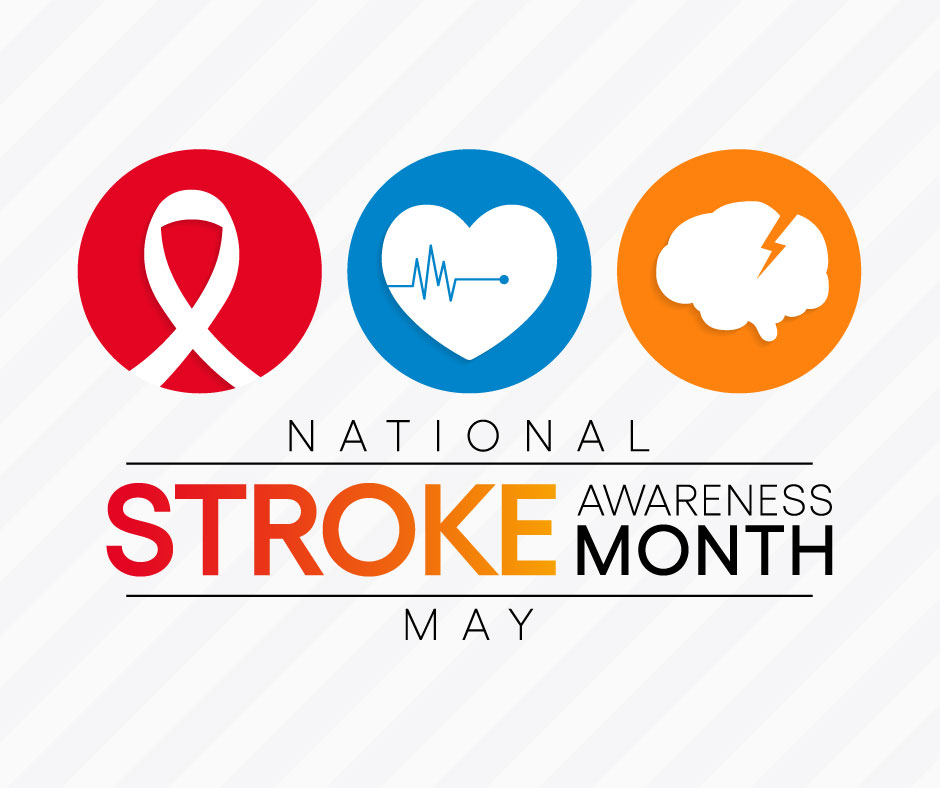In the time it takes to read this article, at least one American will die of a stroke.
A stroke occurs every 40 seconds in the United States. Every 3.5 minutes, someone in the country dies due to stroke. What’s even more disturbing is that this leading cause of death is often survivable, and even fully recoverable, if caught and treated early.
That’s why stroke awareness is so important – and why May is set aside as National Stroke Awareness Month. This annual health campaign seeks to reduce stroke risk and mortality by spreading awareness about the causes and signs of stroke. In this case, knowledge isn’t only power – it’s a matter of life and death.
What is a stroke?
The brain relies on blood vessels for the constant supply of oxygen-rich blood it needs to survive. A stroke occurs when there is a blockage or bleeding in these vessels that cuts off the brain’s blood supply. Impacted parts of the brain die very quickly without blood and oxygen, leading to permanent brain damage and, if untreated, death.
Stroke symptoms
Stroke symptoms come on suddenly and include:
- Numbness or weakness in the face, arm, or leg (especially on one side of the body)
- Confusion, difficulty speaking or understanding speech
- Vision changes in one or both eyes
- Dizziness, trouble walking, loss of balance or coordination
- Severe headache
The American Stroke Association encourages anyone who spots these sudden and severe symptoms to call 911 immediately.
How to spot a stroke
When a stroke happens, every second counts. Recovery outcomes are directly connected to stroke treatment time – the faster a patient is treated, the better their chance of full recovery. Many of the best stroke treatment methods are only available in the first few hours after a stroke begins.
If you aren’t sure whether you’re seeing or experiencing a stroke, remember to act F.A.S.T:
- F – FACE: Is there numbness or drooping in the face? Ask them to smile. Is it uneven?
- A – ARMS: Is one arm weak or numb? Ask them to raise both arms. Does one pull downward?
- S – SPEECH: Is speech slurred or strange? Ask them to repeat a simple phrase.
- T – TIME: If you see any of these signs, call 9-1-1 immediately.

